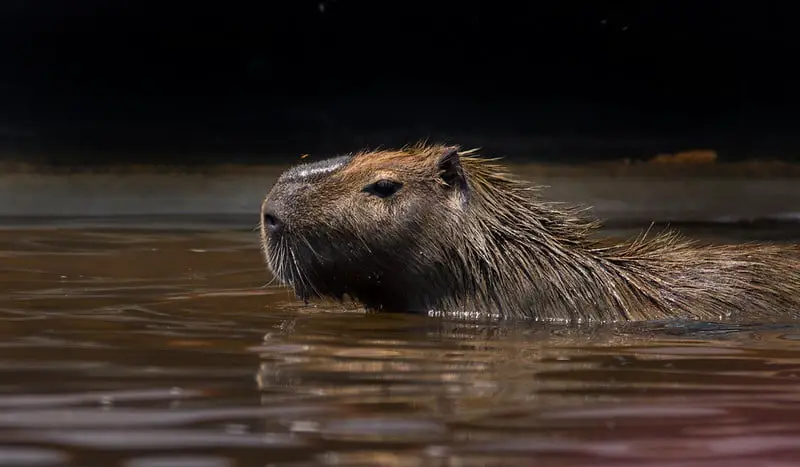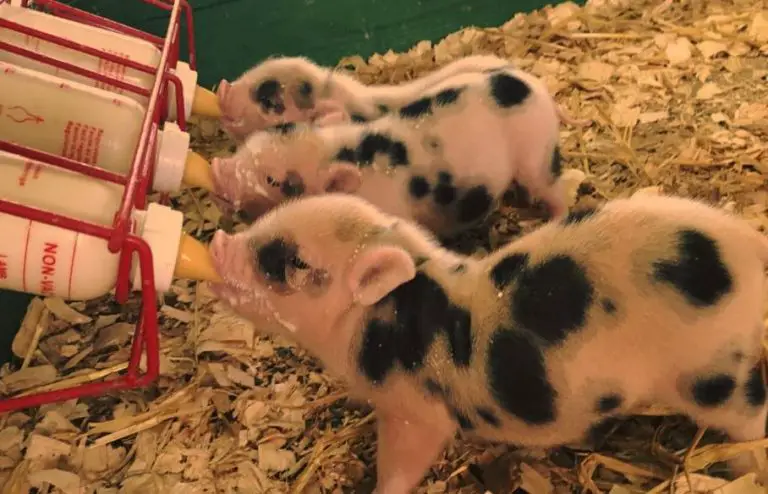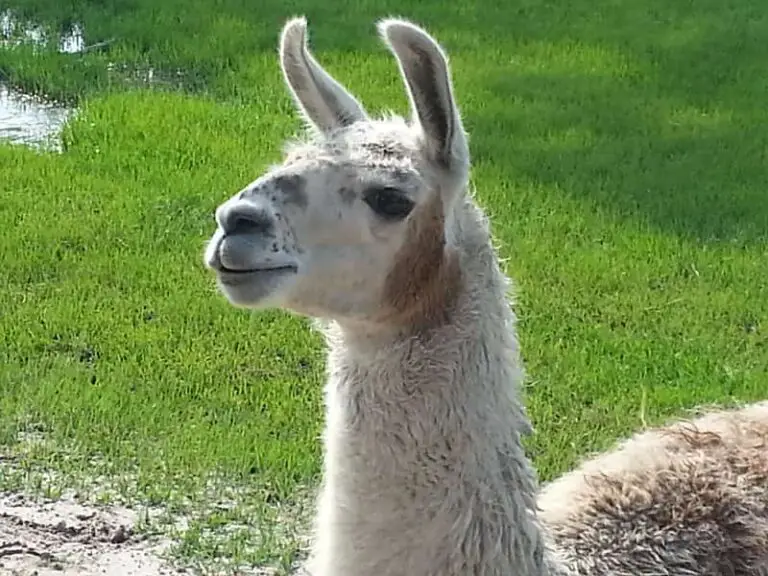Why Do Capybaras Like to Live Near Water? These Are The Reasons

The capybaras are the major species of the order of rodents and large are likely to also be the most animal-friendly nature. They can be found mainly in South America and other curiosities include the fact that they can stay underwater for more than five minutes and are called “Kapiyva” – master of the grasses – by an Amazonian tribe.
Capybaras are quiet and tame animals, native to South America. They like to live in places close to the aquatic environment, as they need water for several of their activities, such as hiding from predators and reproducing. It can be said that this mammal has a semi-aquatic habit.
Capybaras like water because they need to keep their skin moist. They are found only in areas such as estuaries, swamps, riverbanks, and near streams in Central and South America, according to the International Union for Conservation of Nature (IUCN).
Water provides the capybara with all the means to subsist, protection against natural predators, a means for reproduction, entertainment, and food, the capybara is a herbivorous animal, around water it finds all kinds of herbs and plants to eat.
The genus to which the capybara belongs (Hydrochoerus) is related to the habits of that animal and means “water pig”.
Water is an essential part of the life of the capybara, it is in all its environment, in fact, you have within reach the Amazon River considered the largest river in the world in terms of water volume.
From an early age, capybaras are adept at the water. Capybara pups are very daring, they want to swim in the first week of life. Always alert, the mother capybara only allows the feat in shallow water and is always on the lookout.
Do capybaras like to swim?
Capybaras like to swim and are good jumpers. They have intense activity at the beginning and end of the day.
Besides swimming very well, the capybara also feeds mainly on plants that live in the water. This is another reason why the capybara loves the water, it spends almost all day eating or playing in the water.
Capybara are excellent swimmer

The Capybara is an animal that spends most of its life in the water, and all the activities it performs are related to water. For a semi-aquatic animal with these characteristics, it always develops physical attributes that facilitate its movement in this environment.
While I was doing the research for this topic, I noticed something very interesting in a picture of a Capybara, this is something I haven’t heard about but I really found it surprising, the Capybara in its paws has as if they were quite defined fingers and between the fingers, I could notice that they have membranes.
The capybara’s feet have a totally optimal design for swimming, its legs are wide, its toes are quite defined and open between them, and you can appreciate the membrane that joins the toes.
This type of characteristic in semi-aquatic animals is called interdigital membranes. Many amphibians, birds and also mammals that adapt to swimming have it.
This characteristic of the capybara is complemented by having strong legs that they use to propel themselves in the water. Another characteristic that helps the capybara move smoothly in the water is its thick and oily skin, which translates into less resistance from the water to movement.
The importance of water in the natural environment of the Capybara
The availability of bodies of water with their areas of grazing, rest, defecation and bushes for shelter, constitute the ideal territory for the herd to live and reproduce.
The savannas called Banco, Bajio and Esteros (almost perennial water bodies) constitute the ideal natural ecosystem where the capybara lives in wild form.
The absence of bushes, the lack of high banks and the availability of water, make the capybara migrate to other areas in search of these and the required pastures for their feeding.
The groups of capybaras are going to depend fundamentally on the availability of the water bodies, the higher the availability, the more dispersed the family groups will be, and there will be less predation.
The water as a defensive refuge of the Capybara
Despite being a large rodent, the capybara moves on land with agility, running with skill and great speed distances of up to 100 to 200 m, but then it is easily exhausted. It usually heads for the water, where it dives and submerges for up to several minutes.
Being distant from the water, it is easy prey for its predators, or hunters on horseback, due to the lack of a den. Therefore, it is very rare to see groups of capybaras far from the water.
If it runs for a long time, it gets tired and goes into hyperthermia, (body temperature has been measured over 41°C before it dies). It is an animal of nocturnal habits when it is very persecuted, but generally, it is tame and diurnal.
It likes the shade and shelter of trees, and especially bushes, to hide with the whole herd or family group.
It generally stays close to bodies of water and does not go beyond 500 m. The capybara is considered a semi-aquatic animal since its distribution in the savannah is limited by the presence of water bodies.
How long can the Capybara be submerged in water?
The swimming of the capybara is done by alternating the movement of the members with part of the head out. However, it can remain submerged for up to 10 minutes to free itself from a predator.
The capybara always chooses bodies of water large enough and known to the herd to feel more secure.
Why do capybaras like hot baths?
In other countries such as Japan, where capybaras are exhibited in the zoo taking nice thermal baths, this is totally understandable, especially during the winter months.
This is because capybaras are aquatic rodents native to South America, where they are used to being in warm water temperatures during the day.
Adaptation of the capybara skin to tropical temperature and water environment
It is already understood that the capybara is a mammal susceptible to high-temperature accumulation, so its skin is adapted for cooling and water plays a fundamental role in this aspect.
The capybara, unlike the other rodents, is the only one that has sweat glands in its skin, although in less proportion than other domestic animals. Its epidermis is wavy with numerous cavities and folds.
The dermis contains numerous hair follicles, generally in groups of three, each of which has a developed sweat gland associated with it.
Each hair emerges at a very acute angle and each hair follicle has an associated piloerector muscle and the respective sebaceous gland. These characteristics allow the identification of the capybara skin and differentiate it from others of lesser value.
The capybara also has the habit of crawling in the mud, similar to a fence, this because it likes to keep its skin moist, and despite having sweat glands, it also helps regulate its temperature.






